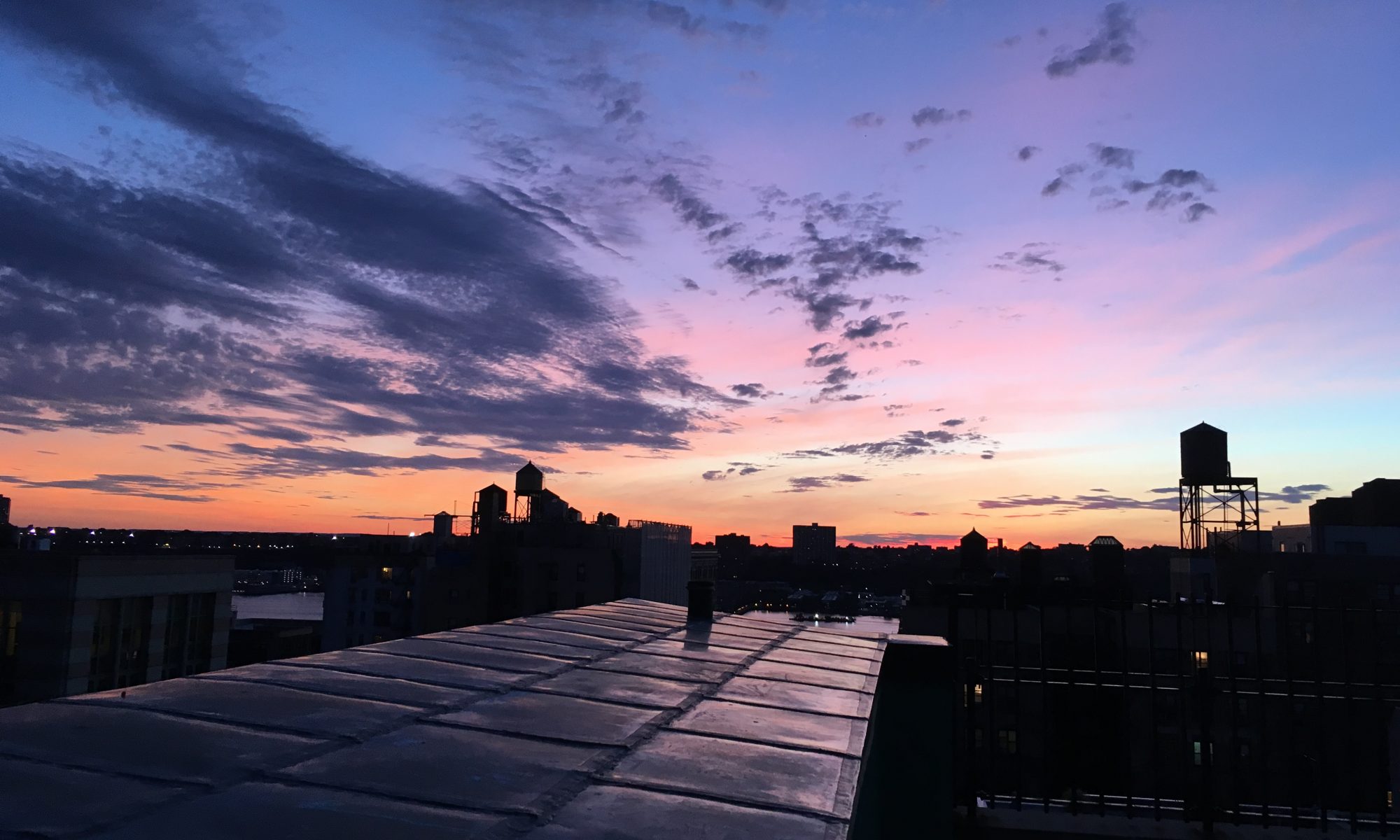| Edification value | |
|---|---|
| Entertainment value | |
| Should you go? | |
| Time spent | 62 minutes |
| Best thing I saw or learned | There’s so much I liked about Alice Austen’s story and her home. However, I was blown away by Clear Comfort’s spectacular, panoramic views of the harbor. I’d go back there just to sit on the lawn and watch the ships go by.
|
Touring Alice Austen’s house in Staten Island, my guide quipped that if Alice Austen were alive today, she’d be one of those people who lines up for the new iPhone each time one comes out. I say she’d also most likely be an Instagram star.
That her life stretched from the middle of the 19th century to the middle of the 20th, most of it spent in a lovely house on the shores of Staten Island, makes her even more fascinating.

That house, called “Clear Comfort” by the Austen family, isn’t the biggest, most historically important, oldest (though parts of it come close), or most melancholy house museum in New York City. But it vies with the Louis Armstrong House for the title of most charming. Continue reading “Alice Austen House”




 The Museum of Bronx History occupies the 1758 Valentine-Varian House. Ten years younger than the
The Museum of Bronx History occupies the 1758 Valentine-Varian House. Ten years younger than the  David Sharps is an adventurer, circus performer, and raconteur and seems like a very nice man. He’s certainly brave. He and his family have lived in a wooden barge, currently docked in Brooklyn’s Red Hook neighborhood, since the 1980s.
David Sharps is an adventurer, circus performer, and raconteur and seems like a very nice man. He’s certainly brave. He and his family have lived in a wooden barge, currently docked in Brooklyn’s Red Hook neighborhood, since the 1980s. Bullet lodged in his side, Roosevelt proceeded to give his 90-minute speech, extemporaneously, before seeing a doctor. He later said of being shot, “It is a trade risk, which every prominent public man ought to accept as a matter of course.” Brevity may be the soul of wit, but verbosity can block a bullet.
Bullet lodged in his side, Roosevelt proceeded to give his 90-minute speech, extemporaneously, before seeing a doctor. He later said of being shot, “It is a trade risk, which every prominent public man ought to accept as a matter of course.” Brevity may be the soul of wit, but verbosity can block a bullet. The first thing you should know about the Theodore Roosevelt Birthplace is that it’s a fake. Artificial. Teddy Roosevelt was decidedly not born in the master bedroom of that house in 1858, nor did he spend his formative childhood years in that building.
The first thing you should know about the Theodore Roosevelt Birthplace is that it’s a fake. Artificial. Teddy Roosevelt was decidedly not born in the master bedroom of that house in 1858, nor did he spend his formative childhood years in that building.

 From the 1940s until the 1970s, policewomen in New York received these combination makeup and weapon holsters. So practical!
From the 1940s until the 1970s, policewomen in New York received these combination makeup and weapon holsters. So practical! The Police Museum is currently in flux. Formerly housed near City Hall, it’s been homeless since Sandy. For the moment, it’s found space on Governor’s Island, where a scaled-down version tells a few selected stories of Gotham’s police force.
The Police Museum is currently in flux. Formerly housed near City Hall, it’s been homeless since Sandy. For the moment, it’s found space on Governor’s Island, where a scaled-down version tells a few selected stories of Gotham’s police force.
 I feel like I’m on thin ice with this one. There’s a fairly strong argument to be made that cemeteries are not museums. Start with the fact that they are called “cemeteries” and not “museums.” But bear with me here.
I feel like I’m on thin ice with this one. There’s a fairly strong argument to be made that cemeteries are not museums. Start with the fact that they are called “cemeteries” and not “museums.” But bear with me here.
 Both New Yorkers and non-New Yorkers alike tend to think of the Bronx as entirely, unremittingly gray: paved urban overdevelopment at its very worst. In reality, the Bronx features large expanses of green.
Both New Yorkers and non-New Yorkers alike tend to think of the Bronx as entirely, unremittingly gray: paved urban overdevelopment at its very worst. In reality, the Bronx features large expanses of green.

